boom barrier arm
1700.00 INR/Unit
Product Details:
- Product Type boom arm
- Usage Security
- Function Automatic
- Size 200 cm
- Feature High Strength
- Power Needed Yes
- Click to View more
X
boom barrier arm Price And Quantity
- 1700.00 INR/Unit
- 12 Unit
boom barrier arm Product Specifications
- Security
- Automatic
- Yes
- boom arm
- High Strength
- 200 cm
boom barrier arm Trade Information
- Cash in Advance (CID)
- 10 Unit Per Day
- 8 Days
- No
- If order is confirmed we will reimburse the sample cost
- Panni rolling packing
- Asia
- All India
- BOOM ARM
Product Description
A boom arm barrier, commonly known as a boom gate, is a pivotal device used to control vehicular and pedestrian access at specific points. It consists of a horizontal bar mounted on a pivot, allowing it to swing between a lowered position (blocking access) and a raised position (permitting access). These barriers are prevalent in settings such as parking facilities, toll booths, checkpoints, and restricted areas. Types of Boom Barriers: Manual Boom Barriers: Operated by hand, these barriers are cost-effective but require physical effort to control. Automatic Boom Barriers: Equipped with electromechanical systems, these barriers offer features like remote control operation, RFID integration, and automatic number plate recognition, enhancing efficiency and security. Applications in India: In India, boom barriers are extensively used for: Parking Management: Regulating entry and exit in parking areas. Toll Collection: Managing traffic flow at toll plazas. Restricted Area Access: Controlling entry to sensitive zones. Trade and Pricing: The Indian market offers a variety of boom barriers catering to different needs. Prices vary based on features and specifications: Automatic Boom Barriers: Approximately 75,000. Fence Boom Gate Barriers: Around 69,999. Crash-Rated Hydraulic Drop Arm Barriers: Priced at 2.85 lakh. tradeindia.com For a comprehensive list of manufacturers and suppliers, platforms like TradeIndia provide detailed information. tradeindia.com Considerations for Selection: When choosing a boom barrier, consider: Purpose: Determine if the barrier is for parking, toll collection, or restricted area access. Automation Level: Decide between manual and automatic operation based on operational requirements. Durability: Ensure the barrier can withstand local weather conditions and usage frequency. Compliance: Verify that the barrier meets Indian safety and quality standards. By evaluating these factors, you can select a boom barrier that aligns with your specific needs and ensures efficient access control.FAQs of boom barrier arm:
Q: What is the usage of the Boom Barrier Arm?
A: The Boom Barrier Arm is used for security purposes.Q: What is the size of the Boom Barrier Arm?
A: The Boom Barrier Arm has a size of 200 cm.Q: Does the Boom Barrier Arm require power to operate?
A: Yes, the Boom Barrier Arm requires power for its automatic function.Q: What feature does the Boom Barrier Arm offer?
A: The Boom Barrier Arm offers high strength as its key feature.Q: Is the Boom Barrier Arm manual or automatic in function?
A: The Boom Barrier Arm is automatic in function.Tell us about your requirement

Price:
Quantity
Select Unit
- 50
- 100
- 200
- 250
- 500
- 1000+
Additional detail
Mobile number
Email

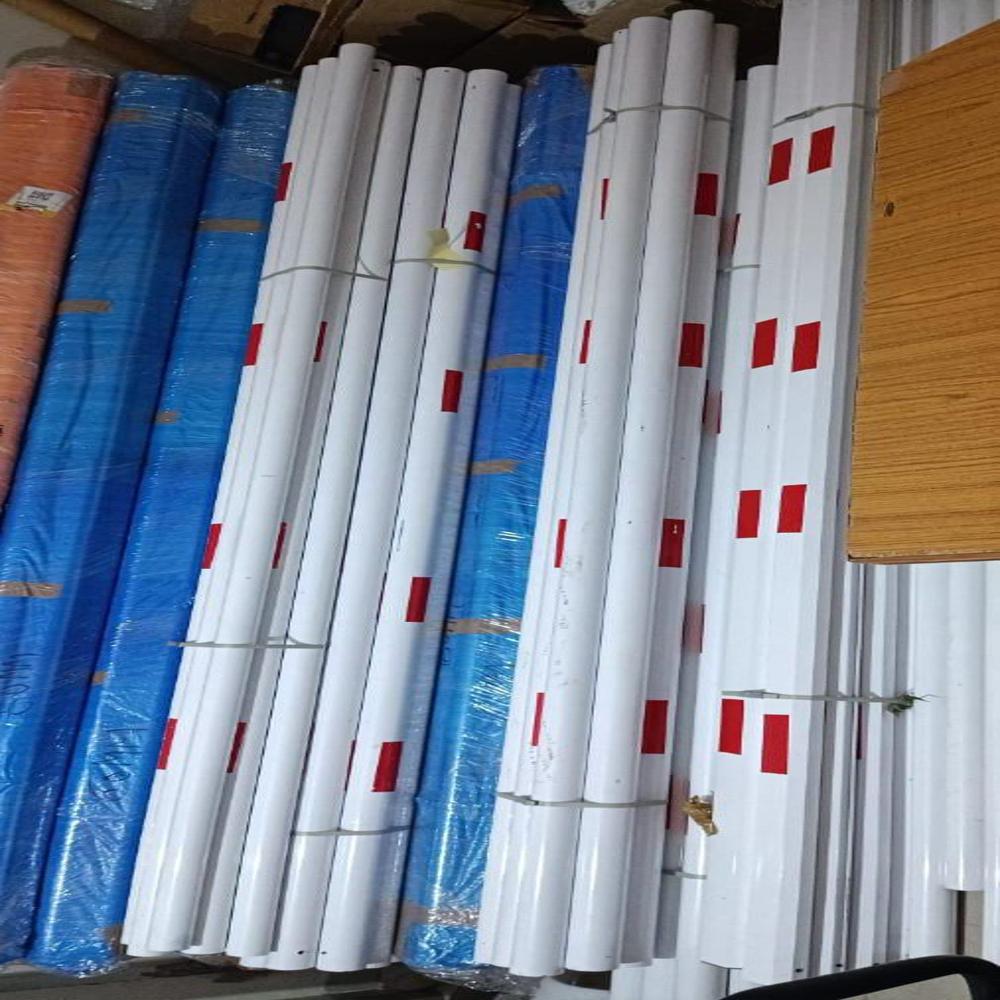
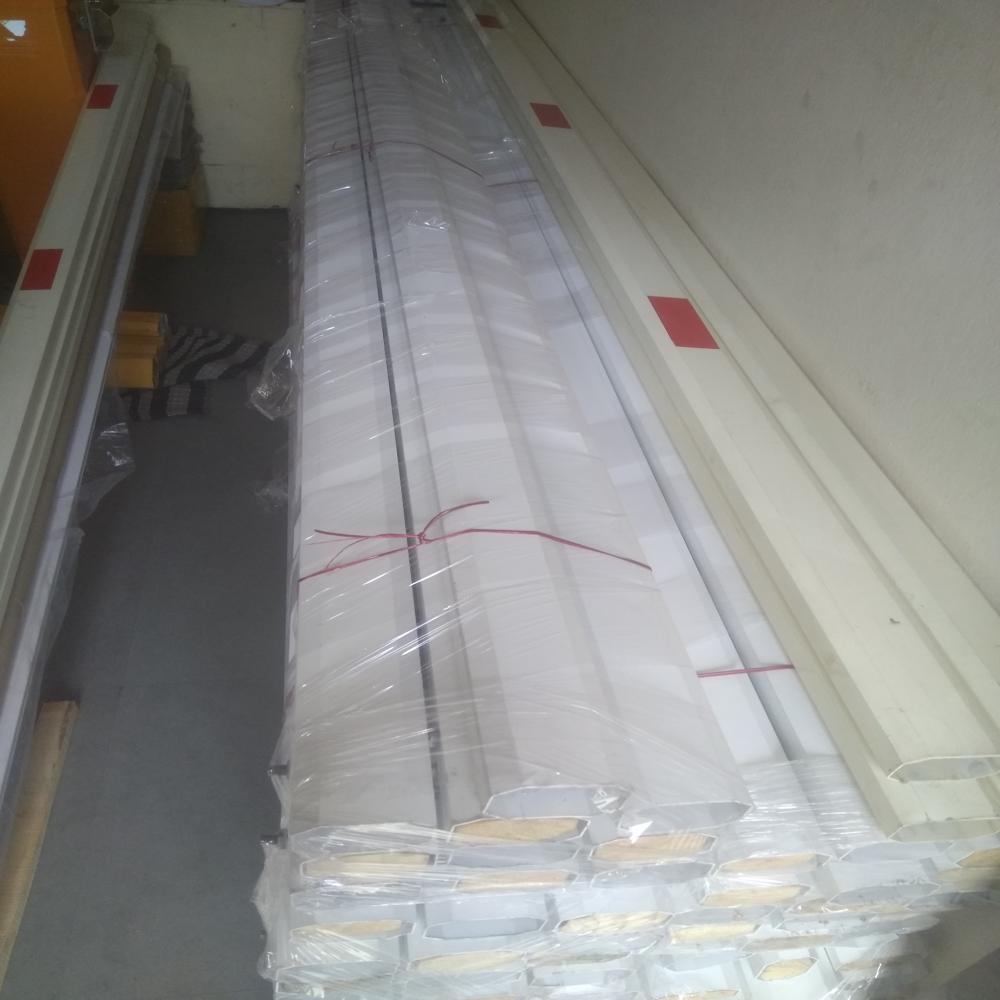




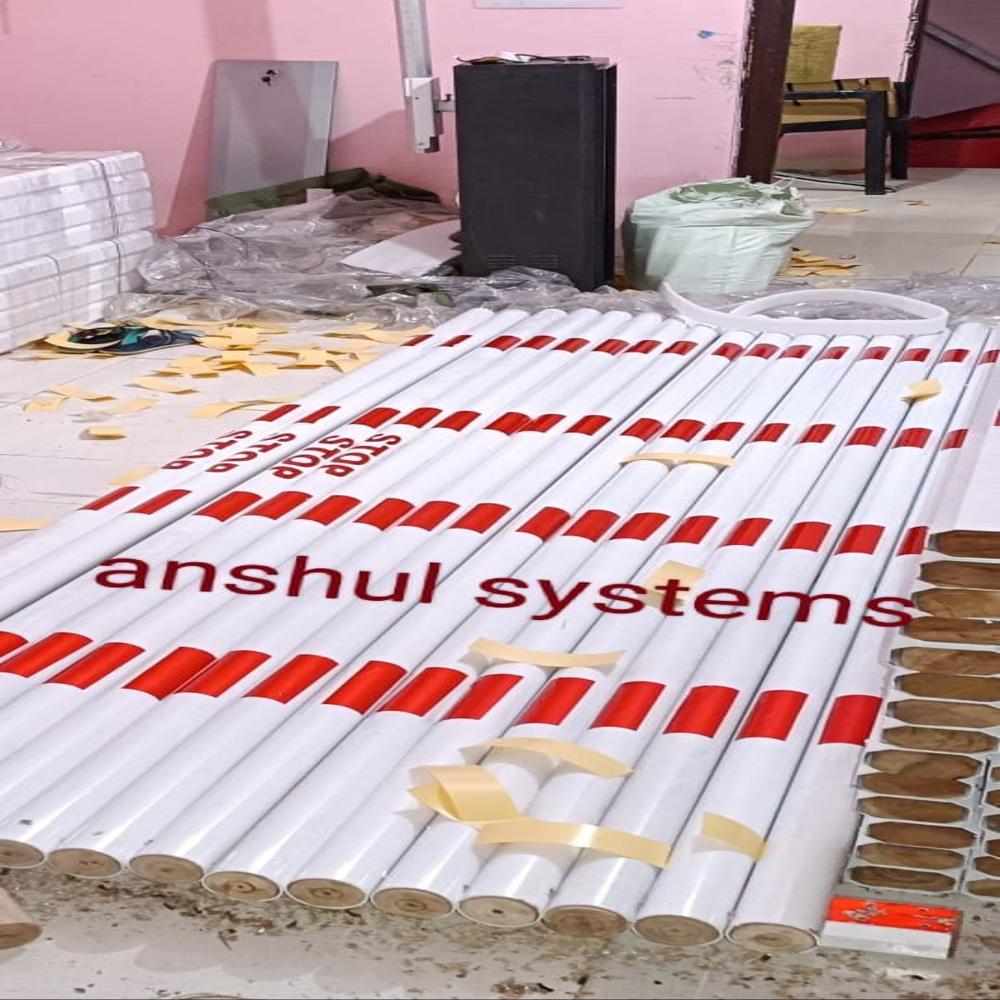

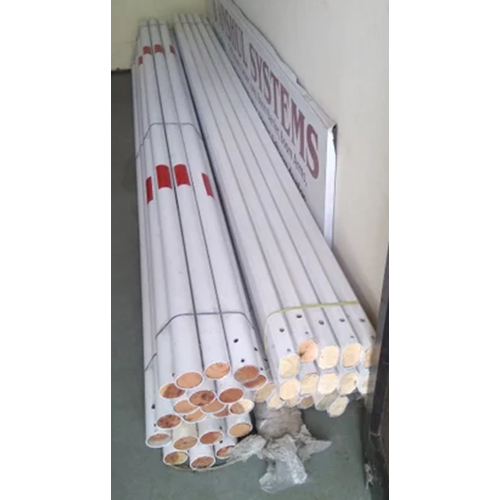

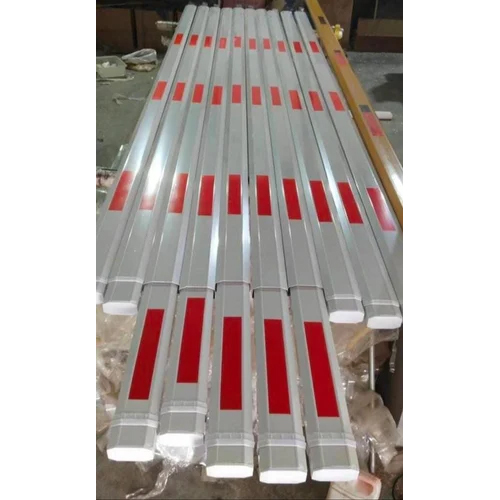
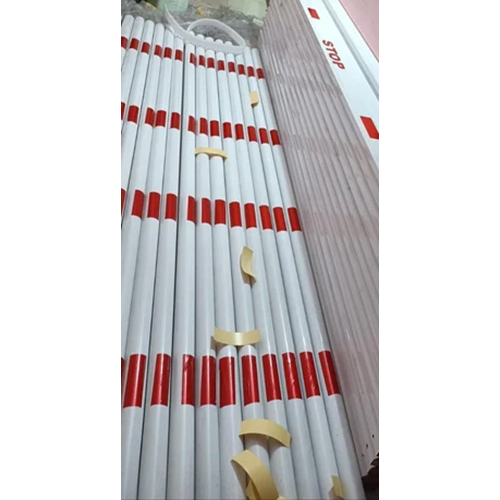


 Send Inquiry
Send Inquiry Call Me Free
Call Me Free